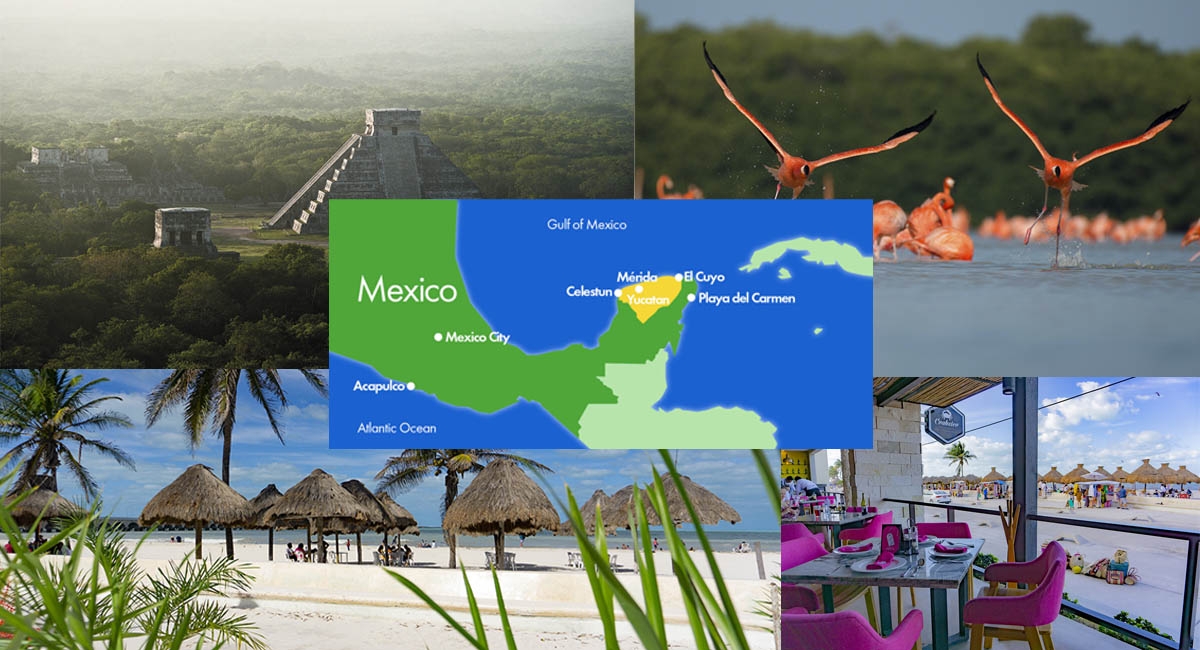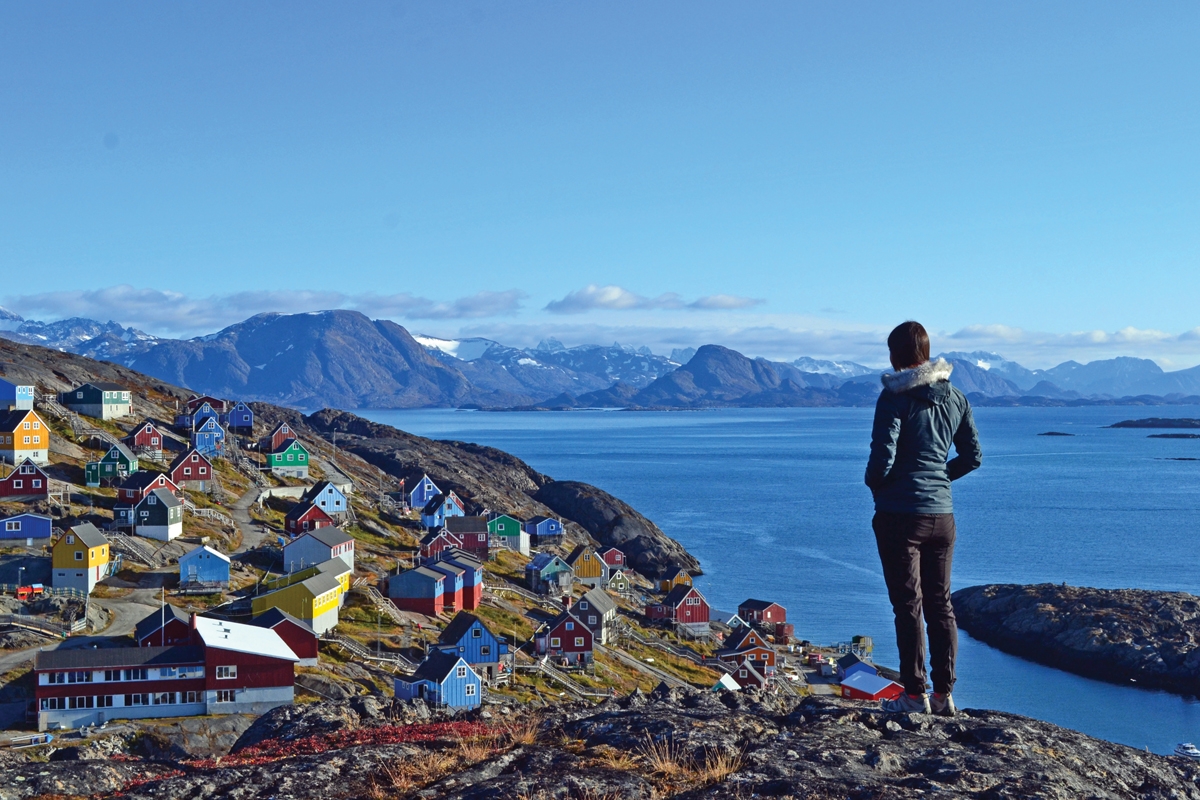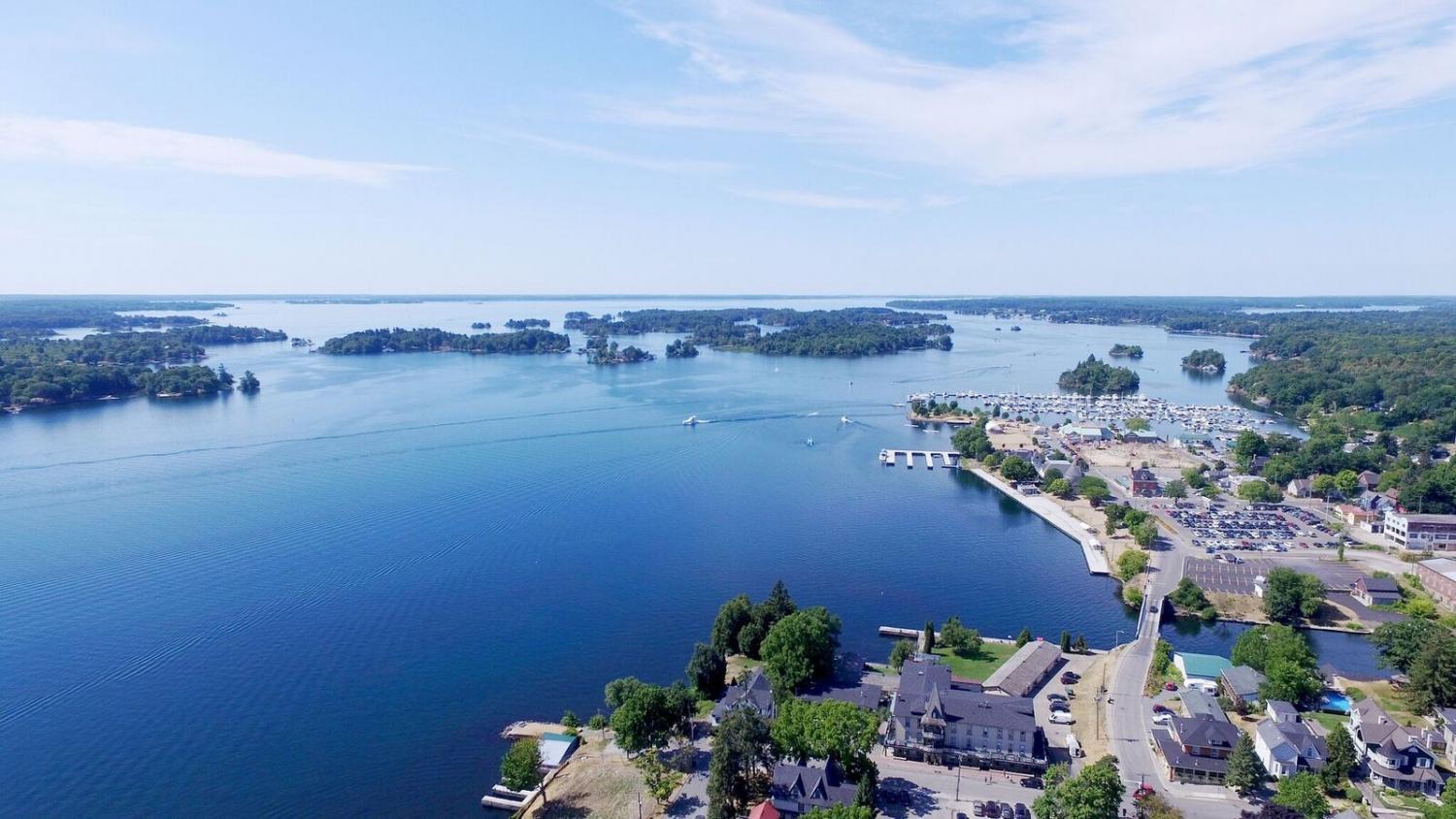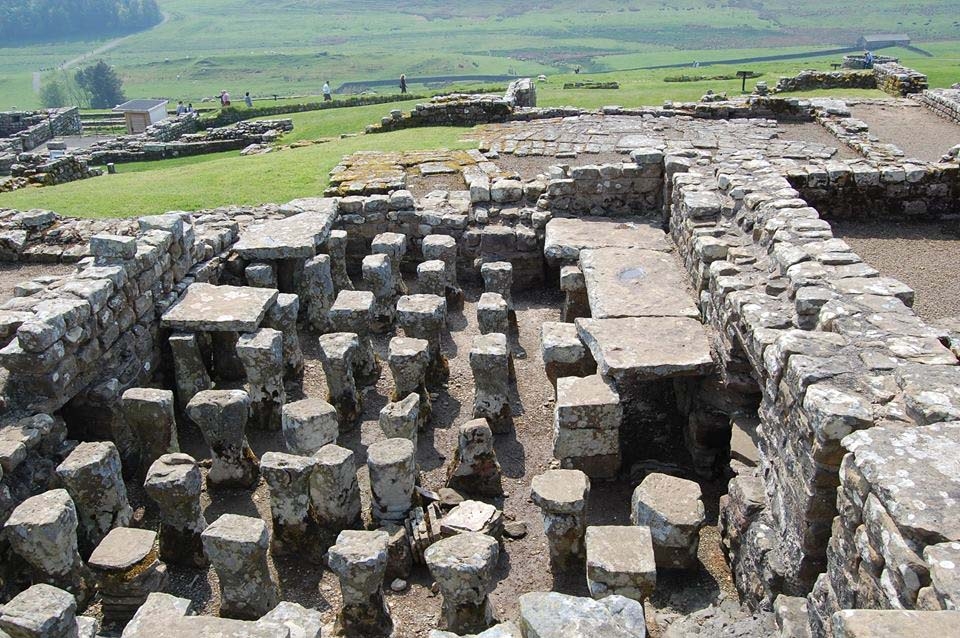
History, Religion, Geography and Great Food: Majestic Israel Has It All
To even attempt to adequately describe Israel is, to put it mildly, a daunting task. While well-known images of the country abound, absolutely nothing can prepare you for the complete amazement or the unexpected emotions you may feel as you explore this magnificent country. Whether you are religious or not, well-versed in Christian, Muslim or Jewish history or theology or not, does not matter. The majesty of Israel will completely envelop you.
You could spend a lifetime trying to see everything and still not feel like you have a handle on Israel. Every space, every part of its 20,000 square kilometres (by comparison, Canada has over 9 million square kms) feels like it has some sort of historical or religious significance to discover. However, even with just a week, you can pack a lot in. For a glimpse of the various sides of Israel, visit Tel Aviv, Caesaria, drive around the Sea of Galilee, swim in the Dead Sea, climb Masada, eat shawarma in Akko (Acre), and of course a stay in Jerusalem is a must.
Israel is an intense place. As one Israeli put it: “In Israel, you can’t get lost. You will either bump into the sea or barbed wire.” That barbed wire reality in this democratic country, (it is the only democracy in the Middle East), is a reminder that Israel has lived through precarious circumstances and because of that continued political situation, there is a certain sense of constant alertness and strength in its people. Out of the vigilance comes an attitude to seize every moment as a gift and live life to the maximum.
Tel Aviv-Yafo
In a country steeped in history, Tel Aviv may at first seem out of place. The economic engine of the country, it is a young, lively, wealthy and culturally rich city. Located on the Mediterranean, beach culture thrives as people flock to the coastline whenever they can. On average, there are 318 clear sunny days in Tel Aviv so there is an abundance of opportunities to do so. Outdoor cafés and bars are everywhere. Even though there is the usual hustle bustle of a big city, there is also a more relaxed vibe to day-to-day life than you might expect from a big city.
There are great food markets in Tel Aviv. Visit the Carmel market to get everything from spices to every kind of olive imaginable to delicious, healthy and cheap street food. Tomato salads, hummus, falafels, pita, fresh and pickled vegetables served on little plates and shawarmas are staples in cafés and food stands.
However, if you are looking for a gourmet meal, you are in luck. Over the last 10 years, there has been a restaurant explosion in Tel Aviv. Reserve at the reputable Herbert Samuel restaurant on Koifman Street. With a celebrity chef and price tag that goes along with that, the restaurant is top notch and is worth the extra shekels.
(Wash down dinner with a glass of Israeli wine. There are over 250 wineries in Israel. Israel is a leader in irrigation and its wine and agricultural industries are the proof. Enjoy them both.)
To burn off the incredibly food, explore pedestrian-friendly Rothschild Blvd. The area is known as the White City and is a UNESCO World Heritage site because of its Bauhaus architecture — there are some 4,000 buildings built in the Bauhaus or International Style in Tel Aviv thanks to German Jewish architects who immigrated to to the city after the rise of the Nazis. If political history grabs you, stop by Independence Hall on Rothschild, where the Israeli Declaration of Independence was signed in 1948.
Tel Aviv has a vibrant nightlife. Rothschild Blvd is a hot spot but HaYarkon (along the beach) and Florentin (which is a less urbane part of Tel Aviv but is definitely a trendy hot spot at night) are also a few areas to hit when the sun goes down.
While Tel Aviv is a young city, (it was founded in 1909), Jaffa (Yafo), a few kilometres down the beach from Tel Aviv, is over 3,000 years old and is one of the oldest ports in the world. In 1950, the two cities were united under one municipal entity, Tel-Aviv-Yafo.
As is the case with many port cities, the ancient city of Jaffa (called Joppa in the Bible and was supposedly named after Japheth, a son of Noah), has had a varied and colourful past. Throughout the centuries the city has been conquered no fewer than 22 times. As an ancient city, it has all the character you expect. It is mentioned in both the Old and New Testaments (Book of Jonah in the case of the Old and St. Peter is said to have had his heavenly vision in Jaffa that it would be good to convert Gentiles to Christianity.) Fast forward a handful of centuries, Jaffa was a dismal place. Then in the 1970s and 1980s, artists moved in and since then it has been gentrified. Jewelry stores, painters, musicians have taken over the core, beautiful ancient part of town. A visit to the Ilana Goor art museum is a must to understand the place as it is today. Jaffa port is another great night hot spot and offers a fantastic view of Tel Aviv.
Unfortunately, at some point you have to sleep. There are a multitude of hotel options in Tel Aviv. There are beautiful boutique hotels such as the high-end, pampering Norman Hotel. One unique feature of the hotel is that it has a beautiful, long poem, Castle in the Sand, written in 1956 about Israel, etched into its wall. However, there is something spectacular about being on the beach and for that, the Intercontinental David, Tel Aviv is the perfect place. It has an incredibly large pool and bar that overlook the Mediterranean. The hotel’s buffet breakfast puts North American buffets to complete and utter shame.
Caesaria
Caesaria was a section of land along the coast given as a gift by Augustus Caesar to King Herod. He built a massive port with entertainment facilities, bathhouses and temples. Today, there are the incredible remains to visit but there is also the full-functioning Roman theatre with astounding acoustics.
For Christians, it is an important site, because it was where the Roman Governor Pontius Pilate lived. While the crucifixion took place in Jerusalem, Pilate was not a fan of the city and only went three times a year to keep the peace during festive times. Otherwise, Pilate hung his hat in Caesaria. St. Peter converted the first Gentile, Cornelius, to Christianity in Caesaria and it is where St. Paul’s trial began.
Akko (Acre)
Another World Heritage site is Akko (Acre) because of its importance for the Crusader period. Yet Akko is one of the longest continuously inhabited places in the region so its history is long. Visit the Crusader sites of course, but walk through market, visit the beautiful port area and grab a shawarma. The ancient section of Akko is predominantly Arab so you get a feel for an Arab town. (Interestingly, Israel actually has three official languages, Hebrew, Arabic and English and all three are seen on street signs everywhere in the country.)
Galilee
The Sea of Galilee (which is more of a very big lake by Canadian standards) has towns and villages built around it. The Galilee region is where Christ spent most of his three-year ministry. You could spend weeks on the Gospel Trail.
For a taste of the Trail, visit the Mount of Beatitudes (from where Jesus first prayed the Lord’s Prayer, gave his Speech from the Mount and it is the supposed location of the loaves and fish miracle, where Jesus fed five thousand with five loaves of bread and two fish. Magdala, from where Mary of Magalene hailed, is along the road. Tiberias is an interesting stop along the route and a great place to sleep along the Sea of Galilee. The Rimonim Galei Kinnereth Hotel is right on the Sea and a great place to take a breather, reflect on what you see or just relax. It has a fantastic pool that overlooks the Sea.
As you drive along the highway that separates Israel from Jordan (it is the highway that will take you to the Dead Sea), look up to see caves embedded in the mountains where the Dead Sea Scrolls were found. In another spot, you can see off in the distance where Jesus spent 40 days and 40 nights being tempted by the devil. You will pass over the River Jordan, which surprisingly is more of a stream, but still powerful to see. This is just to name a few places. Everywhere you look in Israel there is something significant.
Masada is definitely worth a visit. It has particular importance for Jews as it is a symbol of their resilience and strength. Over 900 Jews took over the fortress on the mountain (a palace built by Herod) and instead of capitulating to Roman control, they killed themselves. You can climb to the top or take a cable car. The view of the desert and the Dead Sea is unbeatable.
Swimming in the Dead Sea should be on everyone’s bucket list. Covering your body with mud and floating on the water is indescribable. It feels oddly disgusting and renewing all at the same time. The Dead Sea Salts are famous for a reason. Your skin is remarkable after a dip.
Jerusalem
Sacred for Jews, Christians and Muslims, Jerusalem is the holiest of the holy. The Jewish and Christian sites are open to tourists. The Western Wall (or the Wailing Wall) is open 24 hours. It is incredible to visit it at night when you can have a more intimate experience. Bask in the reverence of the place. Then go back during the day and see what it’s like when packed with little boys having their Bar Mitzvahs, or when hordes of school children are singing, transforming it into a plaza of celebration.
For Christians, to visit locations across Jerusalem where Christ spent his final hours is moving. To visit Mount Zion (the location of the Last Supper), Gethsemane (where Christ prayed until arrested), walking the Via Dolorosa, (the stations of the Cross) followed by a visit to the Church of the Holy Sepulchre (where Christ was crucified, and according to some traditions, buried and where he rose from the dead) is unbelievable.
You will of course notice the beautiful Dome of the Rock, the Muslim shrine where Muhammad rose into heaven. It is also sacred for Jews and Christians as well. It is breathtaking to see but unfortunately it can be a tricky place to visit.
There is only one place to stay in Jerusalem and that is the Hotel Mamilla. Luxurious, modern, hip and pampering, Mamilla has every amenity you can imagine and it is a mere 10-minute walk to the Jaffa Gate entrance into old Jerusalem and all the staff are incredible. Everything about this hotel is perfect. There are other more famous, historical places to stay, but the Mamilla is a new hotel and in time will no doubt be added to that list.
It is virtually impossible to fully capture the spiritual and emotional side of a visit to Israel, not to mention the culinary experience and the sheer beauty of the country. To see greenery, then desert, then lakes, caves and everything in between including modern life and the marriage of the old and the new in Israel is breathtaking. After you experience the country, you too will view it as the holy land, in whatever way that means to you.
Visit Ottawa Life in the coming weeks for further information on food, restaurants and for a more detailed background on Israeli sites, off-the beaten track.








